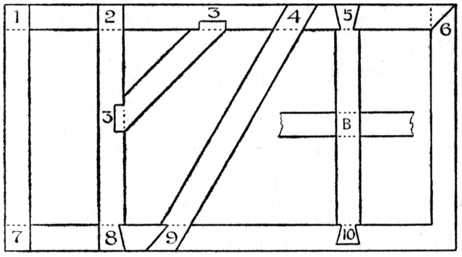I learned what the safety features on the circular saw they are; Always use safety goggles and hearing protection, and don't wear loose clothes and jewelry. Depending on what you're cutting, you may also need a respirator or dust mask. And, remember, a circular saw is not a substitute for a chain saw, and as with any saw, you need to install the proper blade for your specific cutting task.
 Biscuit Cutter; Prepare yourself to use this tool by putting on safety goggles and glasses, along with a full face shield. If you have long hair, tie it back or tuck it under your hat. Likewise, avoid wearing loose clothes and jewelry. Further, take care to roll up your long sleeves above your elbows. It will be better to wear dust mask and non-slip footwear. How to use the biscuit cutter; Let me start out with a brief explanation of what biscuit joinery is, a biscuit, in this context, is a small oval piece of wood about 1/8 inch thick and comes in varying lengths. Of course you will need a biscuit joiner as well, this is a power tool that has a small circular saw blade that cuts into the edge of a piece of wood to the proper depth and shape to accept the biscuit.
Biscuit Cutter; Prepare yourself to use this tool by putting on safety goggles and glasses, along with a full face shield. If you have long hair, tie it back or tuck it under your hat. Likewise, avoid wearing loose clothes and jewelry. Further, take care to roll up your long sleeves above your elbows. It will be better to wear dust mask and non-slip footwear. How to use the biscuit cutter; Let me start out with a brief explanation of what biscuit joinery is, a biscuit, in this context, is a small oval piece of wood about 1/8 inch thick and comes in varying lengths. Of course you will need a biscuit joiner as well, this is a power tool that has a small circular saw blade that cuts into the edge of a piece of wood to the proper depth and shape to accept the biscuit. 



